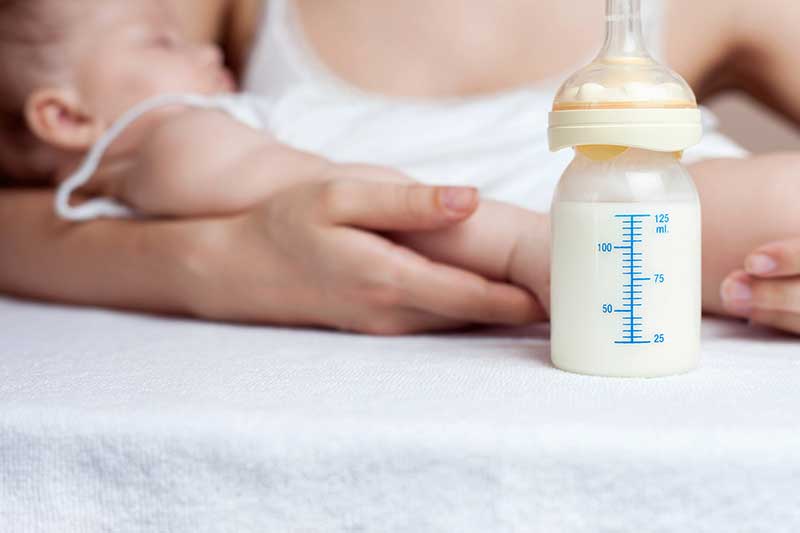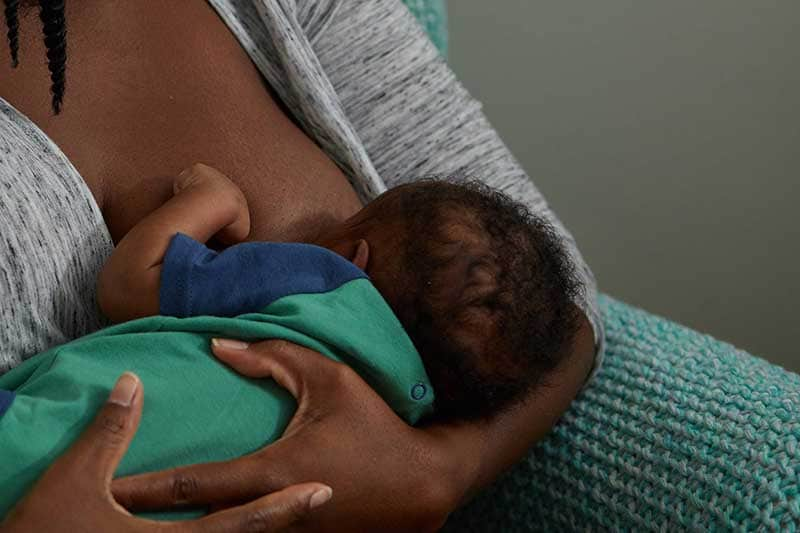How Much Breastmilk or Formula to Give a Newborn
If you and your baby do not have a solid feeding routine yet, you’re in good company. As your baby grows, their feeding patterns will shift to match their constantly changing needs. The best way to know your baby is hungry is to pay attention to their feeding cues.
As long as your baby is growing and having frequent wet diapers (at least 6 a day after the first week), you’re doing just fine! While your baby only needs breastmilk or infant formula for the first 6 months of their life, it’s important to remember there are many benefits of continued breastfeeding.
Below are a few more tips that will help you with feeding your newborn.
In this article:
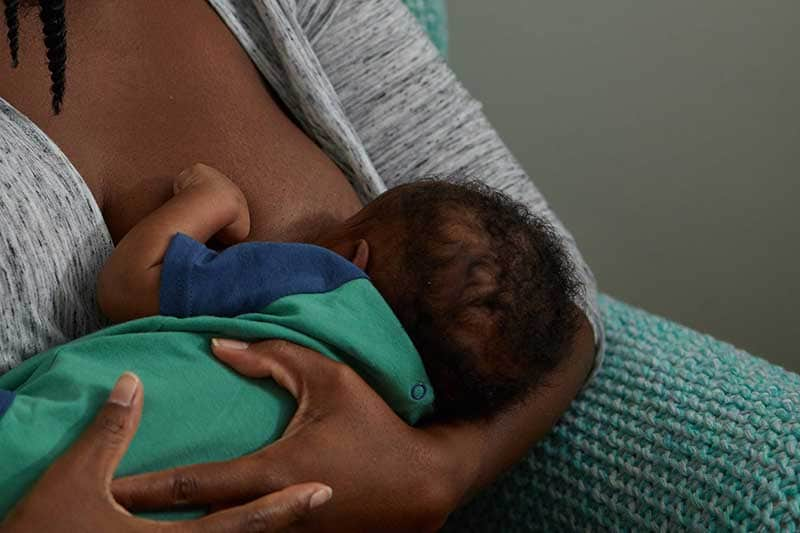
Breastfeeding a newborn
How much should newborns eat? Watch for your baby’s hunger cues to determine when to offer the breast (or bottle). This is called feeding on demand or responsive feeding. As a rule of thumb, in the first month of life, most babies will nurse every 2 to 3 hours throughout the day and night. After 1 month, your baby will still wake up to eat in the middle of the night. Rest assured, your baby will soon start sleeping for longer periods, and you won’t need to wake your sleeping baby up to eat.
Between the ages of 1 and 4 months, many babies will decrease the number of times they nurse to 8 times per day; however, it may feel like they are nursing more often because many babies will “cluster feed.”
What is cluster feeding?
Cluster feeding is very common and normal in babies who are breastfed. Cluster feeding is when a baby wants to nurse more often than every 2 to 3 hours. When a baby is cluster feeding, they eat several, small meals in a short period of time. Cluster feeding tends to happen most often in the evenings and when your baby is experiencing growth spurts.
Cluster feeding helps your body boost your milk supply during a growth spurt so your baby gets exactly what they need. It also increases skin-to-skin time, which has emotional benefits for both baby and parent.
While cluster feeding can feel exhausting in the moment, it won’t last forever.
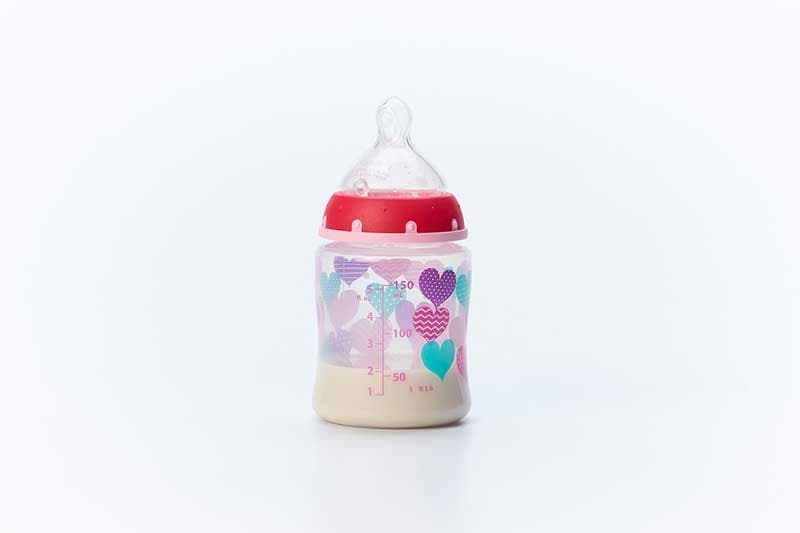
Bottle-feeding breastmilk
If you are breastfeeding, there will likely be times when you need to give your baby a bottle, whether it be to return to work or simply to have some alone time. Between the ages of 1 and 4 months old, most breastfed babies will eat about 2 to 4 ounces (59 ml to 118 ml) of breastmilk every 3 hours during the day. Every baby is different, and it is normal if your baby sometimes eats less or sometimes eats more at a given feeding. It is OK if your baby does not finish their bottle at a feeding. Never force a baby to finish their bottle.
Try not to compare the amount of breastmilk in a bottle to formula in a bottle because they will mostly likely be different. Breastfed babies typically eat less at a feeding because breastmilk has more nutrients per ounce, and babies digest breastmilk more fully than formula. Breastmilk also changes day to day and feeding to feeding to give your baby exactly what they need to grow.
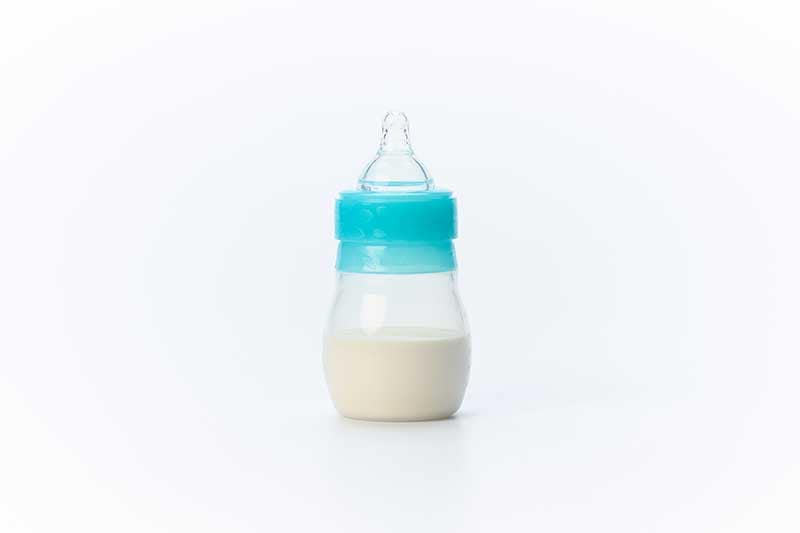
Formula-feeding a newborn
As with breastfeeding, the formula-feeding guide for babies from birth to 4 months old varies as they get older.
- During the first month, formula-fed babies typically consume 2 to 4 ounces (59 ml to 118 ml) every 2 to 4 hours through the day and night.
- From 1 month of age to 4 months, formula-fed babies generally consume around 4 to 6 ounces (59 ml to 177 ml) every 4 hours.
We know that formula can be expensive, but that doesn’t mean you should force your baby to finish a bottle. It’s still important to pay attention to your baby’s hunger and fullness cues. To minimize waste, consider preparing a bottle with a smaller portion of formula first. If your baby is still hungry, prepare another ounce or 2 (34 ml to 59 ml).
If you are worried about how much your baby eats, or if they are eating much more or less than these amounts, talk to your baby’s doctor.
